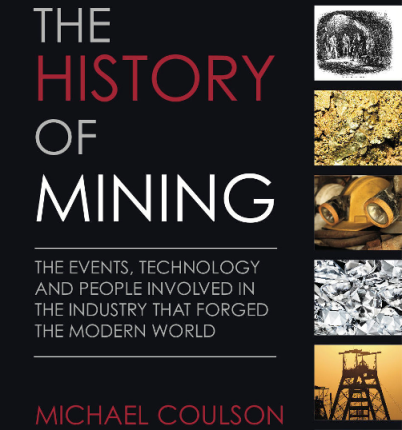RESOLUTION COPPER SEEKING LAND SWAP FOR C. ARIZ. PROJECT
WASHINGTON – Cronkite News Service – A four-hour congressional hearing grew testy Thursday as House members considered a bill to swap thousands of acres of private and federal land to make way for a massive copper mine in Central Arizona.
The bill to trade land near Superior with Resolution Copper Mining passed the House last year but stalled in the Senate, and is back now for its eighth year.
Supporters said the deal, which would give Resolution access to a copper-rich piece of government land, would bring thousands of jobs and more than $6 billion in new taxes to the state over 40 years of operation. “The economic benefits are staggering,” said Republican Rep. Paul Gosar, who co-sponsored the bill with Democrat Ann Kirkpatrick, both of Arizona.
The company says the mine would be the largest copper producer in the country and would account for 25 percent of the world’s copper, turning out 1 billion pounds or more a year.
























